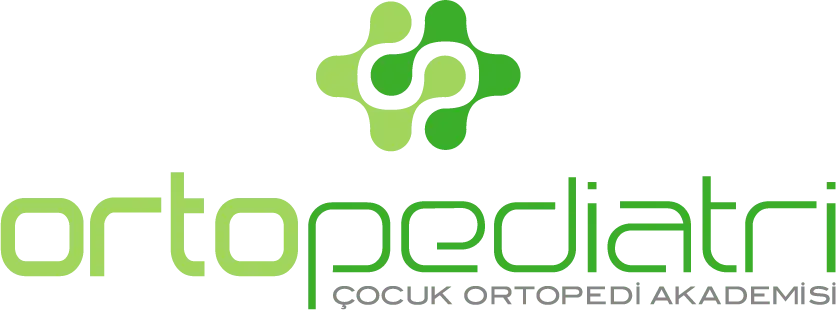Ortopediatri Pediatric Foot Problems And Gait Center
One of the problems that may arise during the development and growth of children is foot loading problems and accompanying gait disorders.
In the case of measures not being taken in time for the foot loading problems, deformities may occur in the joints and bones of the lower extremities and even in the spine; a painful gait cycle may occur. Impairment in gait increases energy consumption and fatigue problems are also seen.
In addition to this, we often encounter wrong treatment methods due to wrong observation and examination performed by non-attending physicians although there are no foot problems.
A careful clinical examination is performed by the pediatric orthopedic specialists and physiotherapists at the Ortopediatri Pediatric Foot Problems and Gait Center. As a result of “Computerized Precise Pedabarographic Examination” which is arranged with a new and advanced technological infrastructure, detailed foot analyzes, and static and dynamic pressure distributions of the foot are mapped and foot assessments are performed. These assessments are stored in a central archive, and a comparative study can be performed with the assessment repeated after a certain period of time.
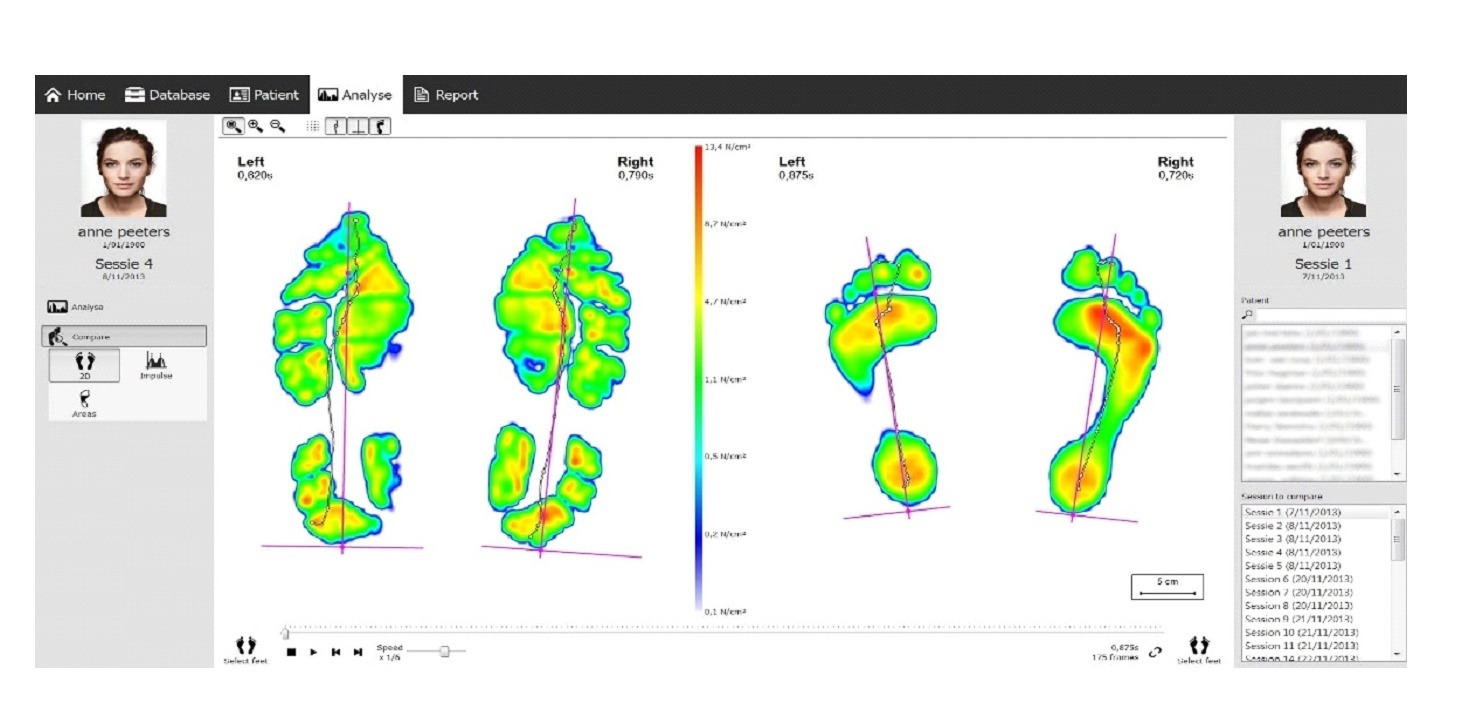
In the Ortopediatri Pediatric Orthopedics Clinic, “Rsscan Footscan” systems and software are used in a 1.5-meter platform with high scanning speed and resolution. The scanning system for the foot-sole pressure provides the static and dynamic (while standing and walking) pressure changes in the foot-sole in the most accurate and detailed way. The standing balance measurements, step length, and distance measurements between the feet during walking may now be measured with a new program installed in the software.
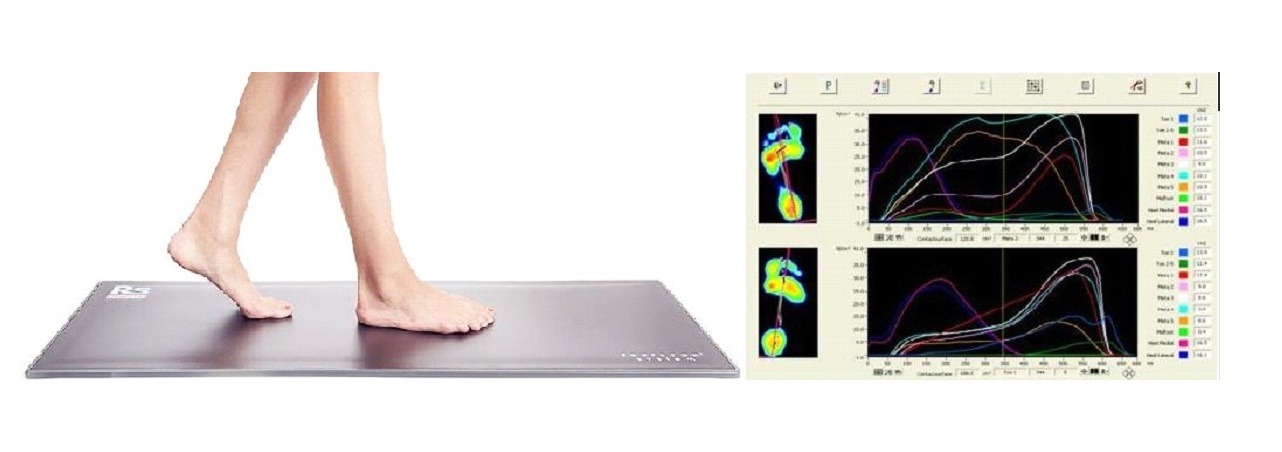
What İs A Regular Loading?
Regular loading is the anatomically uniform distribution of the pressures of the foot-sole parts (heel, median and anterior parts, and the internal and external parts thereof) on the contact area with a surface while in the fixed standing position (Static).
The medial longitudinal arch height of the foot has normal values. The surface contact of the transverse arch of the foot and the pressure values of the metatarsi are normal. No pathological angulation is seen in the anatomical regions of the foot.
During the clinical observation and pedobarographic assessment performed during walking (Dynamic), the stance phases of the foot-sole (Heel contact – first sole contact – mid-stance – heel off – toe off) are sequential, and the pressure values, as well as the foot progression angle and the distance of step width are normal.

Common pathological (abnormal) foot and gait problems are as follows;
a. Pesplanus:
The heels are at a normal angle at the time of contact with the surface during the clinical, postural, physical and static pedobarographic assessment. It is observed that only the concavity of the longitudinal arch decreases and is partially in contact with the ground. The contact of the transverse arch with the surface and the pressure values of the metatarsi are normal. There is no abnormal change in the angulation of the anterior part of the foot. There is no pathology in the anatomical regions of the foot.
In the pedobarographic assessment performed during walking, the stance phases of the foot-sole (Heel contact – first sole contact – mid-stance – heel off – toe off) are sequential, and the pressure values and the foot progression angle are normal. The distance of step width is also normal.
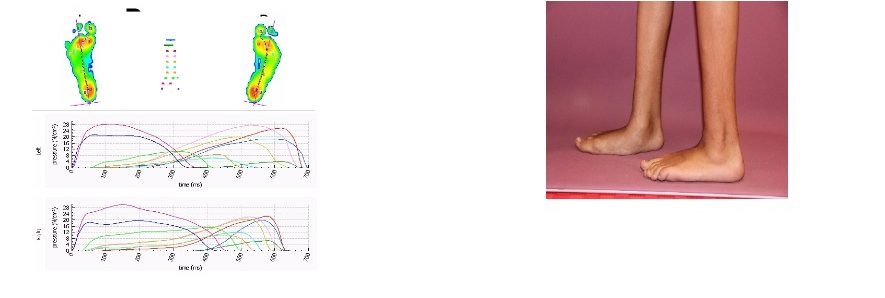
b. Pesplanovalgus:
During the clinical, postural, physical and static pedobarographic assessment, the heels were angled laterally during the contact with the surface, and the Achilles tendon is shifted from normal to the medial side. It is observed that the concavity of the medial longitudinal arch does not form and the contact of the lateral part of the foot with the ground partially disappears. The contact of the transverse arch with the surface and the pressure values of the metatarsi are evident medially. A lateral shift occurs frequently during the angulation of the anterior part of the foot.
In the pedobarographic assessment performed during walking, the stance phases of the foot-sole (Heel contact – first sole contact – mid-stance – heel off – toe off) are sequential, but the pressure values have been changed in favor of the medial region.
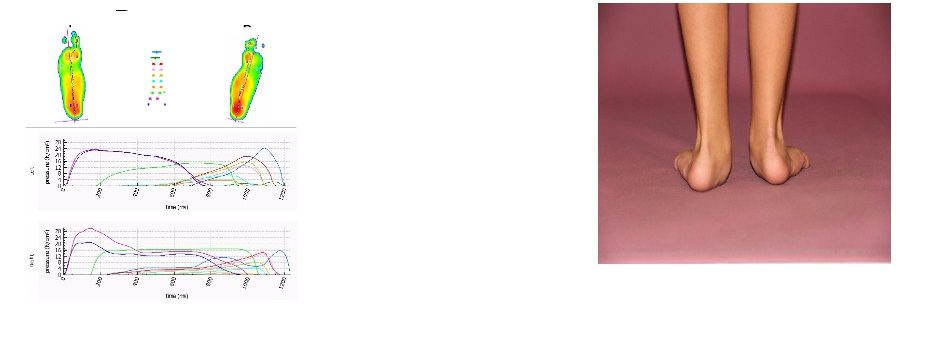
c. Pescavovarus
During the clinical, postural, physical and static pedobarographic assessment, the heels were angled medially during the contact with the surface, and the Achilles tendon is shifted from normal to the lateral side. It is observed that the concavity of the medial longitudinal arch increases and its contact with the ground disappears. The contact of the transverse arch with the surface and the pressure values of the metatarsi are evident laterally. A shift (Metatarsus adduktus) towards the medial side occurs frequently during the angulation of the anterior part of the foot.
In the pedobarographic assessment performed during walking, the stance phases of the foot-sole (Heel contact – first sole contact – mid-stance – heel off – toe off) are sequential, but the pressure values have been changed in favor of the lateral region.

d. Equinus Deformity (Pesequinus)
Although it is generally seen in children with cerebral palsy, it rarely occurs idiopathically, or as Achilles tendon stiffness or shortening.
During the clinical, postural, physical and static pedobarographic assessment, the heel contact with the surface was disappeared.
The contact of the transverse arch with the surface and the pressure values of the metatarsi and toes are increased. The anterior part of the foot often shifts medially and sometimes laterally.
In the pedobarographic assessment performed during walking, the stance phases of the foot-sole (Heel contact – first sole contact – mid-stance – heel off – toe off) are not sequential. The first contact of the foot with the surface takes place with the medial or anterior part of the foot. The rotational changes often occur.
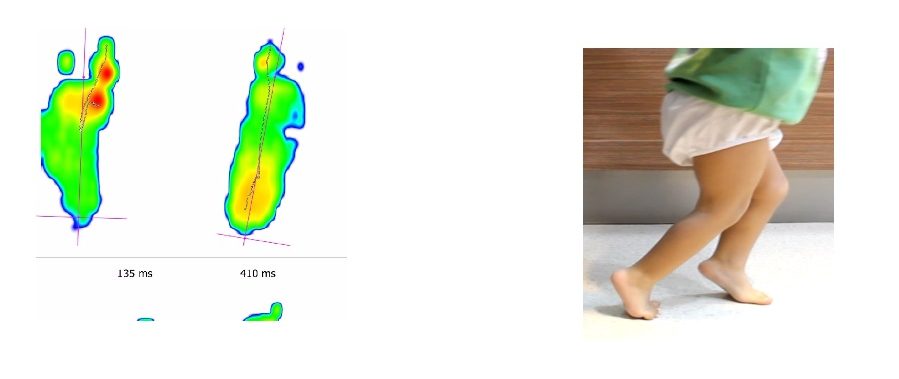
e. Rotational Changes
The rotational movement of the foot inwards or outwards during the stepping should be considered as normal to a certain age and angle mostly in normal developing children. The type of internal or external rotational placement varies by gender. Unilateral rotational changes or the presence of a developmental problem in a child and more than acceptable angulation require advanced clinical follow-up and evaluation.

Some gait and foot problems given above are generally seen on the basis of cerebral palsy and may also occur idiopathically.
As a result of follow-up and evaluations made at the Ortopediatri Pediatric Foot Problems and Gait Center, the treatment approaches and methods required for the children who presented with foot and gait problems and for whom these problems are permanent and progressive are explained to their families in detail by the specialist team.
